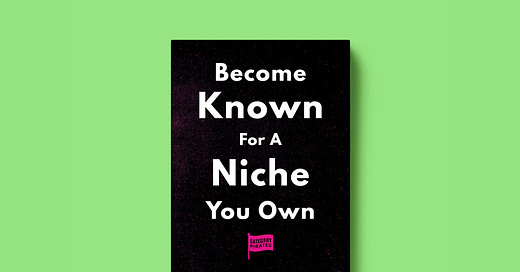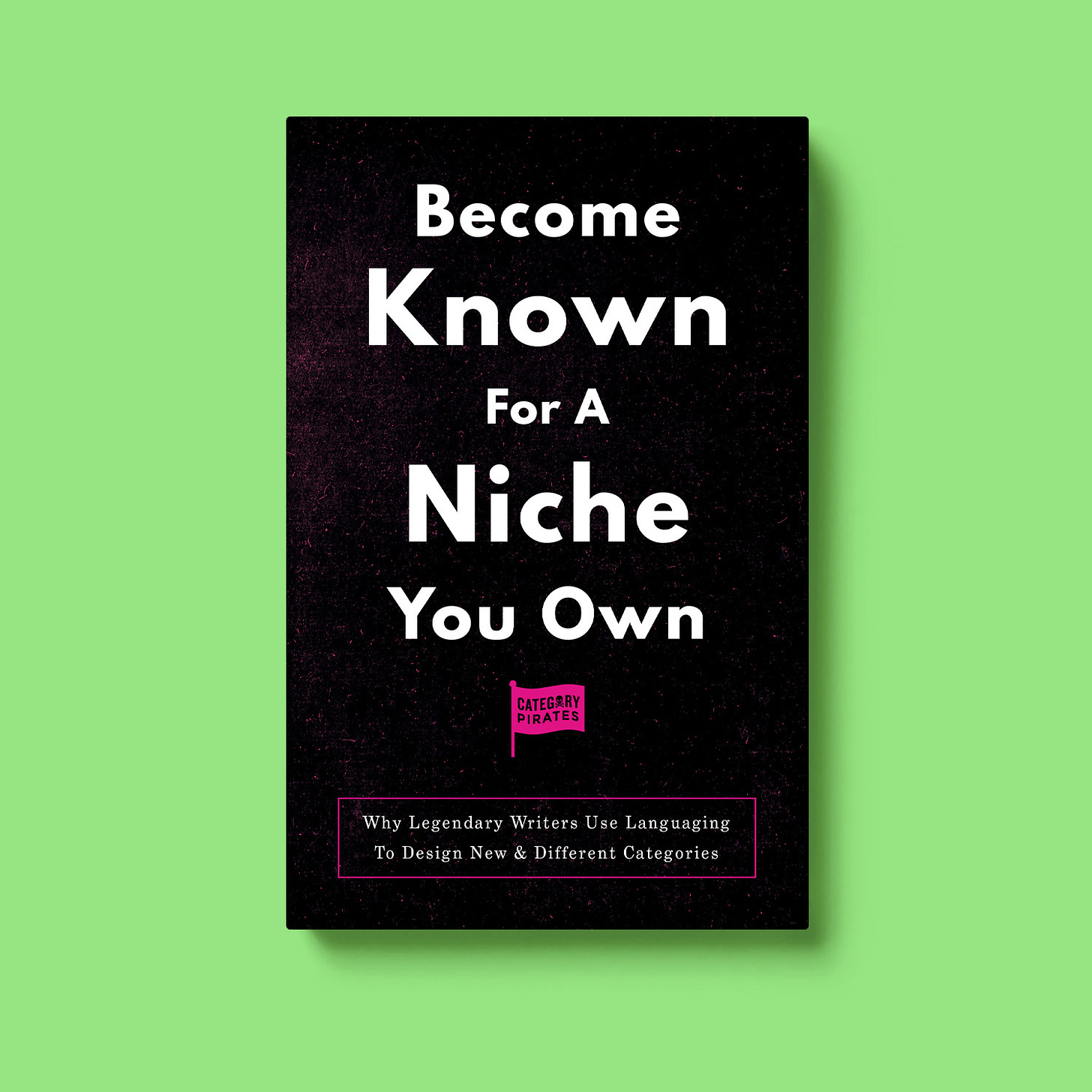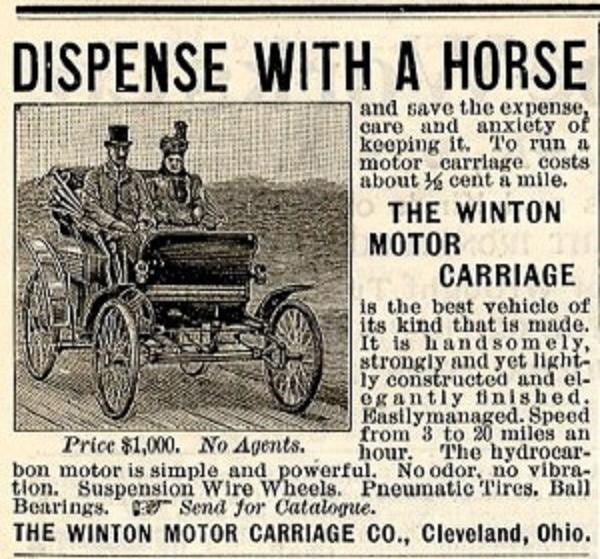Become Known For A Niche You Own: Why Legendary Writers Use Languaging To Design New & Different Categories
Languaging is about creating distinctions between old and new, same and different.
Arrrrr! 🏴☠️ Welcome to a 🔒 subscriber-only edition 🔒 of Category Pirates. Each week, we share radically different ideas to help you design new and different categories. For more: View the mini-book archive | Listen to a category design jam session | Dive into an audiobook | Enroll in the free Category Accelerator email course
Dear Friend, Subscriber, and fellow Category Pirate,
Category Design is a game of thinking.
You are responsible for changing the way a reader, customer, consumer, or user “thinks.” And you are successful when you’ve moved their thinking from the old way to the new and different way you are educating them about.
The way you do this is with words.
Which means if you can’t write what you’re thinking, then you aren’t thinking clearly. And if you aren’t thinking clearly, then how are you going to change the way the reader, customer, consumer, or user thinks?
In previous letters, we have written about the different levers you can push and pull to differentiate your business (and even how to differentiate yourself in your career). But how you get customers to understand what makes you different, how you get investors to understand why you’re moving from one profit model to another (like Adobe did), and how you get employees, team members, and fellow executives to align their efforts (aka: align their *thinking*) is by using very specific, very intentional language. (At first blush, it’s hard to be against something called, “The Clean Air Act.” That’s on purpose.)
The strategic use of language to change thinking is called Languaging.
We believe this is one of the most under-discussed, unexamined aspects of business & marketing today.
When President Biden orders U.S. immigration enforcement agencies to change how they talk about immigrants and change terms like “Illegal Alien” to “Undocumented Noncitizen,” that’s languaging.
When the dairy industry spends 100 years educating the general public that milk comes from cows, and then someone comes along and introduces “Almond Milk” (or Oat Milk, or Flax Milk), that’s languaging.
When the whole world understands what an acoustic guitar is, and Les Paul comes along and starts wailing away on an “Electric Guitar,” that’s languaging.
Languaging is about creating distinctions between old and new, same and different.
Legendary Category Designers are languaging masters.
A demarcation point in language creates a demarcation point in thinking, creates a demarcation point in action, creates a demarcation point in outcome.
When Henry Ford called the first vehicle a “horseless carriage,” he was using language to get the customer to STOP, listen, and immediately understand the FROM-TO: the way the world was to the new and different way he wanted it to be. Had he called the first vehicle a “faster horse,” that would have been lazy languaging (and lazy thinking).
Sara Blakely insisted that Spanx was not just a “product,” it was an “invention.” Today Britannica lists her as an “American Inventor.” That’s not an accident. It’s the strategic use of language.
And it all starts with your POV.
Your Point Of View Of The Category Is What “Hooks” The Customer
The language you use reflects your Point Of View.
And your Point Of View frames a new problem and a new solution in a provocative way.
If marketing is your ability to evangelize a new category, and branding is how well you can associate your product with the benefits of the category, then languaging is how you market the category, and your brand within that category, based on your company’s unwavering, unquestionably unique point of view.
You can tell when a company doesn’t have a unique POV of their category when their “messages” conflict with one another, have unclarified and “weak” aims, or worst of all, have no clear aim at all. Today they’re evangelizing one category, tomorrow they’re evangelizing a different category (all the while thinking they are “trying out different marketing & messaging phrases”).
For example, a cereal company might run one advertisement saying, “The healthiest way to start the day!” The very next campaign, however, they might change the message to, “A healthy breakfast alternative.” What’s the cereal company’s unwavering POV of the category?
Is it that breakfast is the best way to start the day—and they’re the solution?
Or is it that breakfast isn’t the best way to start the day—and they’re the solution?
Frame it, Name it, and Claim it
Companies with unclarified, undefined POVs eventually come to the conclusion that they have a problem (sales are down). But they end up stating the root of their problem in the way they ask for help: “We need to work on our messaging.” More times than not, what they mean when they say “messaging” isn’t actually messaging—but category point of view.
As a side note, most messaging is meaningless, context free, point of view-less, forgettable garbage. “Experience amazing,” “Imagination at work,” “That’s what I like,” “Run simple,” are taglines for who? Don’t know? Neither does anyone else. Lexus. GE. Pepsi. SAP.
The reason this clarity is so important, and why we want to draw lines in the sand between category point of view, languaging, and messaging, is because improving a company’s messaging in absence of a true north category POV is a (and we use this word very intentionally) “meaningless,” money burning project.
A POV is, “What do we stand for?”
Languaging is, “How do we powerfully communicate our POV?”
And messaging is, “What should we say?”
Well, how can you possibly know what to say unless you know what you stand for? What difference do you make in the world? What problem do you solve?
Your point of view should be well defined and chiseled into the company’s tablets, with intentionally chosen words that reflect the company’s POV, so the true science of messaging can begin: a never-ending experiment of swapping in and out of words, phrases, promotions, testimonials, and other “messages” in order to figure out which are (another very intention word here) resonating and most effectively evangelizing your category POV.
And it all starts with how you choose to Frame, Name, and Claim the problem.






